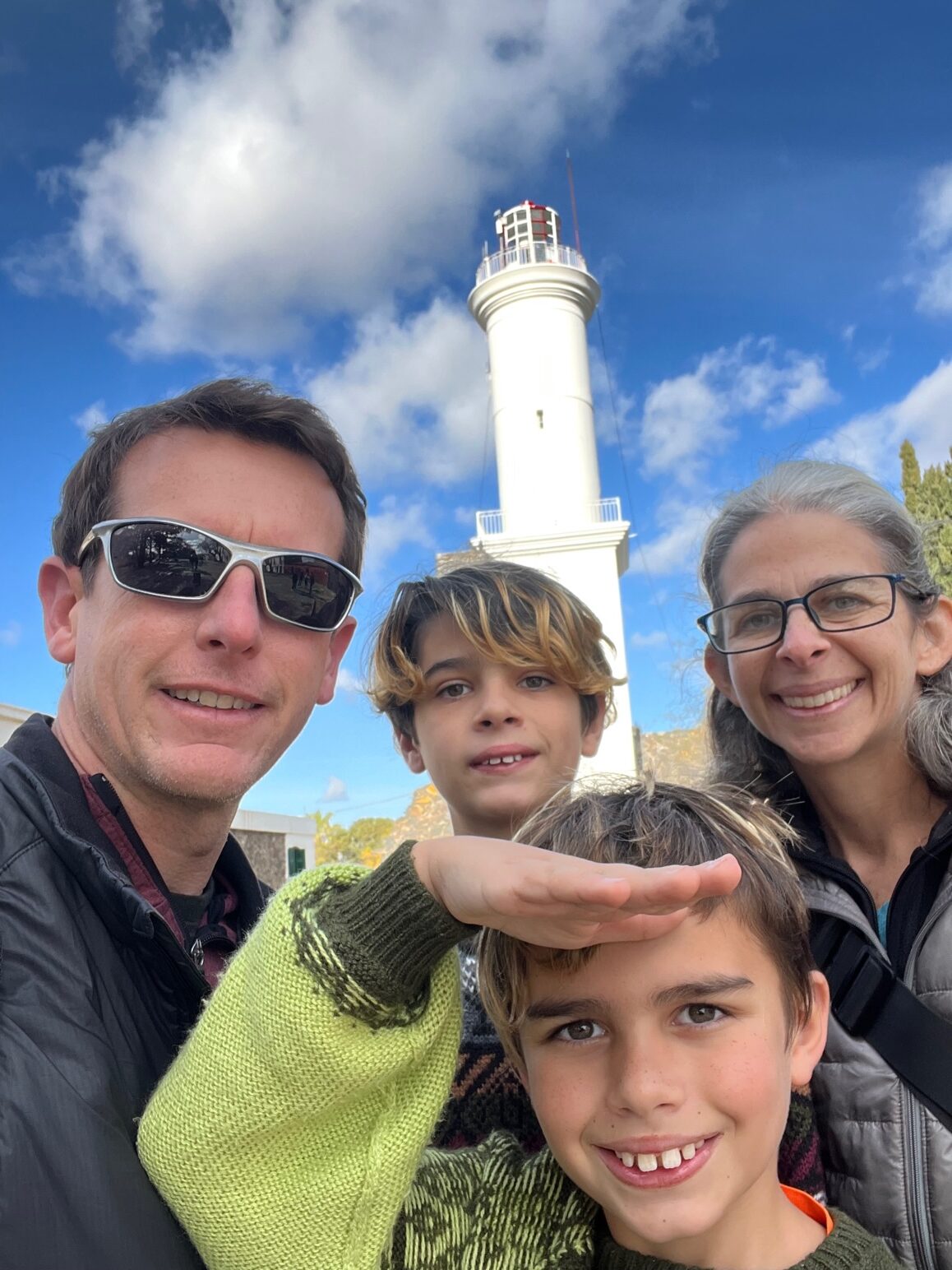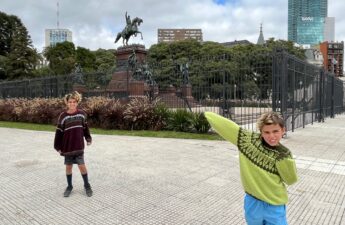Uruguay was not on our list of countries to visit, but when we arrived in Buenos Aires, we decided to take a trip across the water to Colonia.
Colonia is a small, charming town established in 1680 by the Portuguese. In 1995, the town was made an official UNESCO Heritage site.
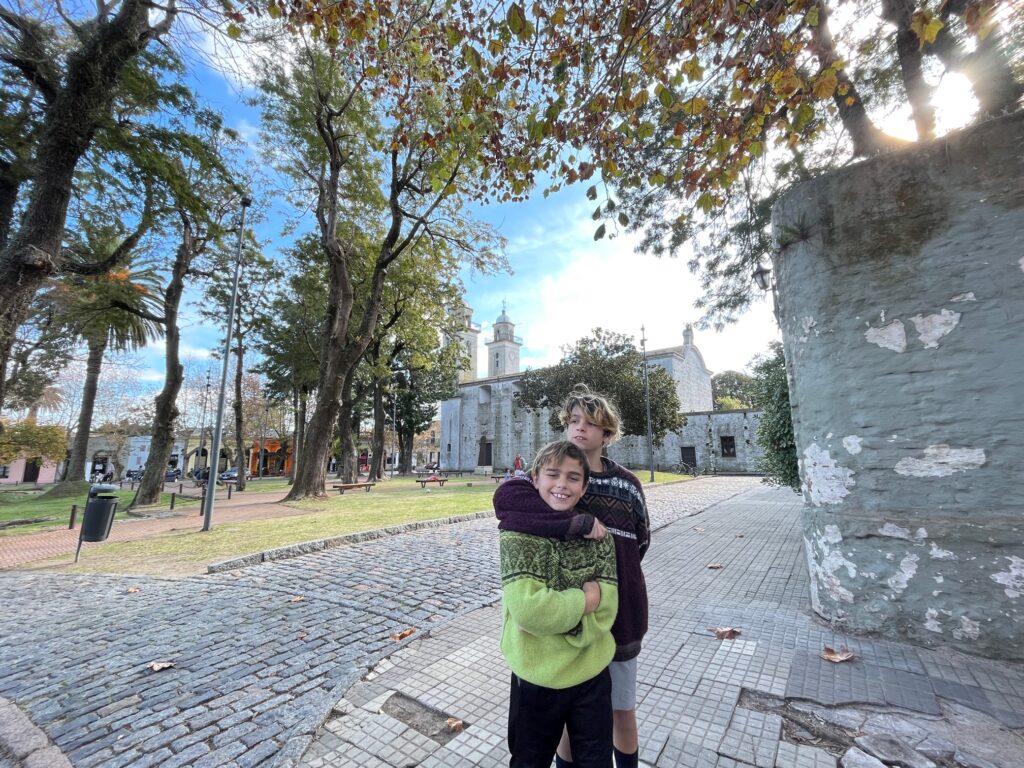
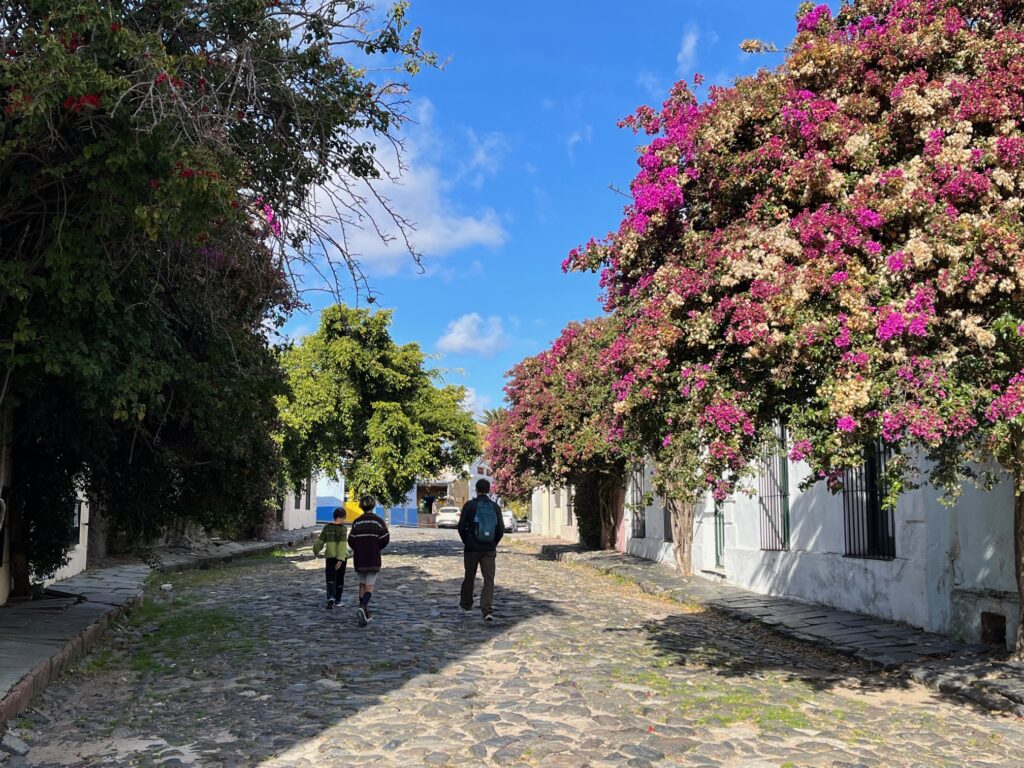
We bought a one-way ticket on Colonia Express. We purchased the tickets at a mall kiosk in Buenos Aires to pay with cash (using the pesos we got with the blue rate).
We made no plans other than booking the ferry. We thought we would spend one night in Colonia and two nights in Montevideo, but we ended up spending two nights in Colonia and skipping Montevideo. It would have been a three-hour bus ride from Colonia to Montevideo and then a three-hour bus ride back to catch the ferry home. It was too much travel for a short trip.

When we arrived, we rented a golf cart to get around. This was one of Lucas and Henry’s favorite parts of the trip. A golf cart is a convenient way to get around even though Colonia is small.
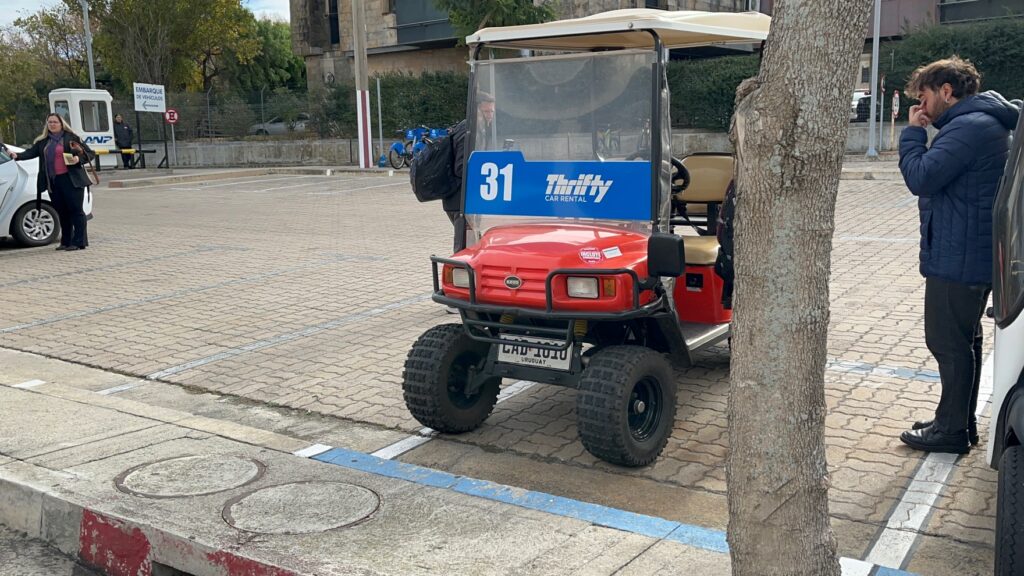
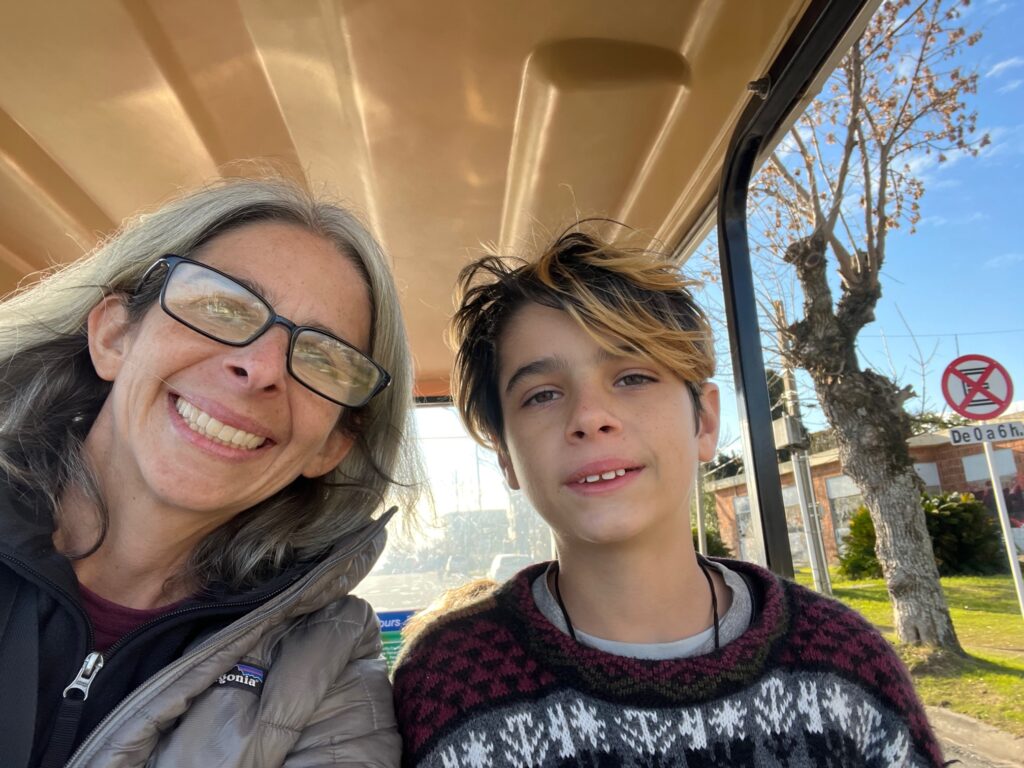
Finding a hotel was easy. We drove around and stopped at a few places. The third place we stopped was the Nova Posada hotel. The owner spoke English, and she was friendly. She spent about 10 minutes telling us about the town, and she highlighted places on a map she recommends seeing. The hotel is modern with great WiFi, so we decided to stay there.

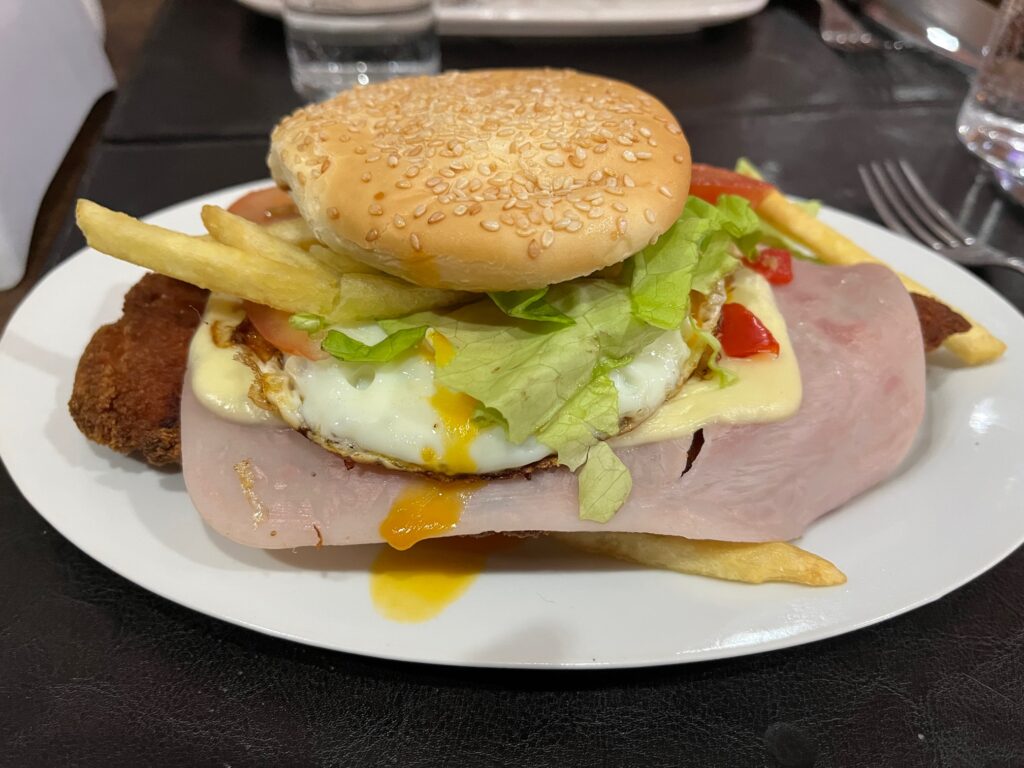
Colonia is small. It is easy to explore in one or two days. The old city is gorgeous. We enjoyed wandering around the ruins and visiting the lighthouse.
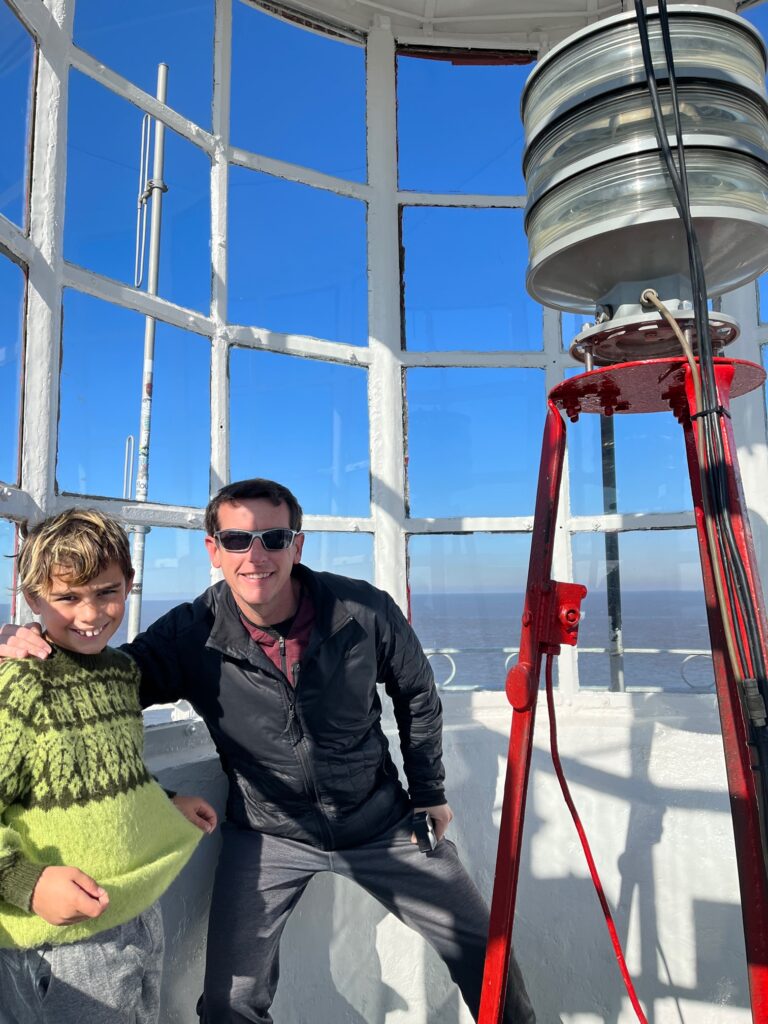
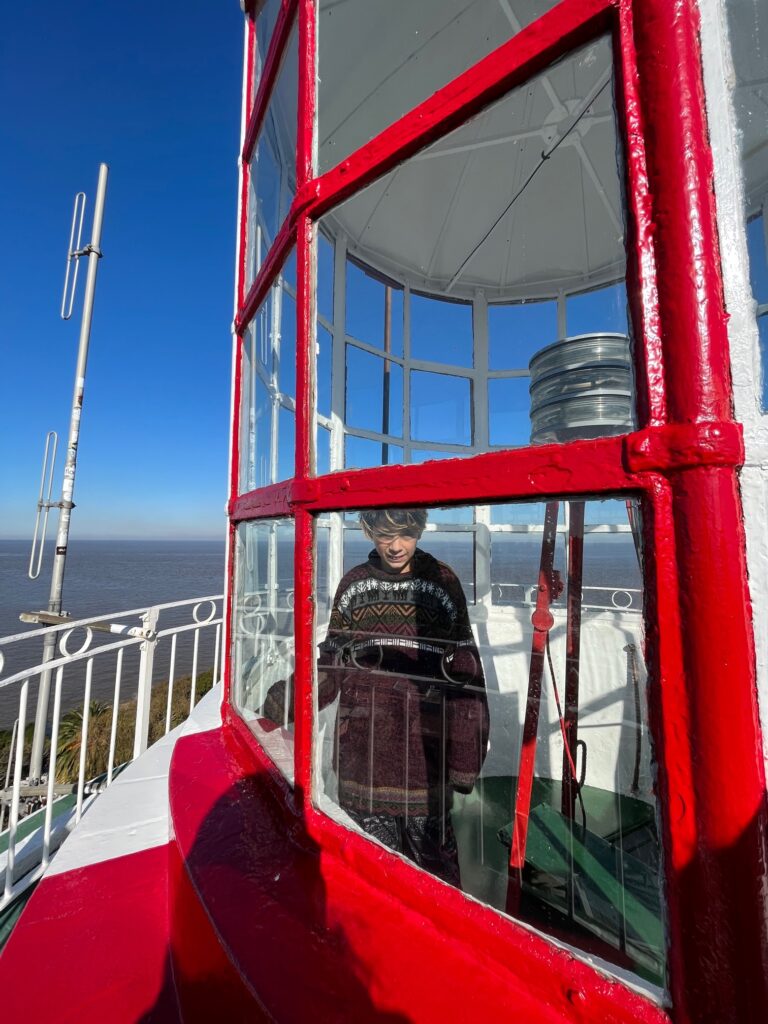
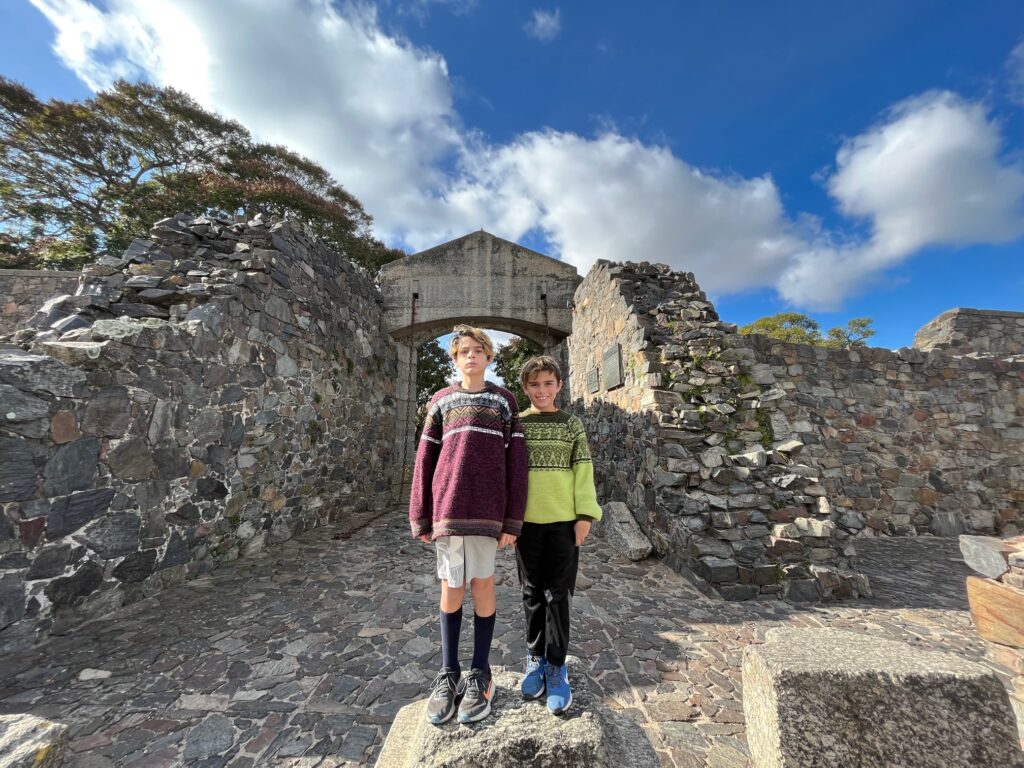
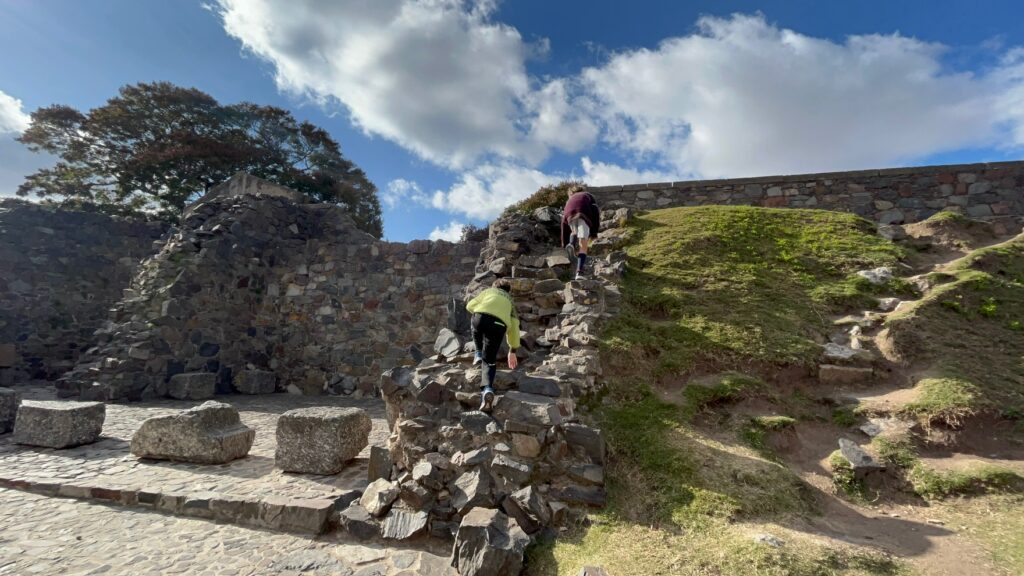
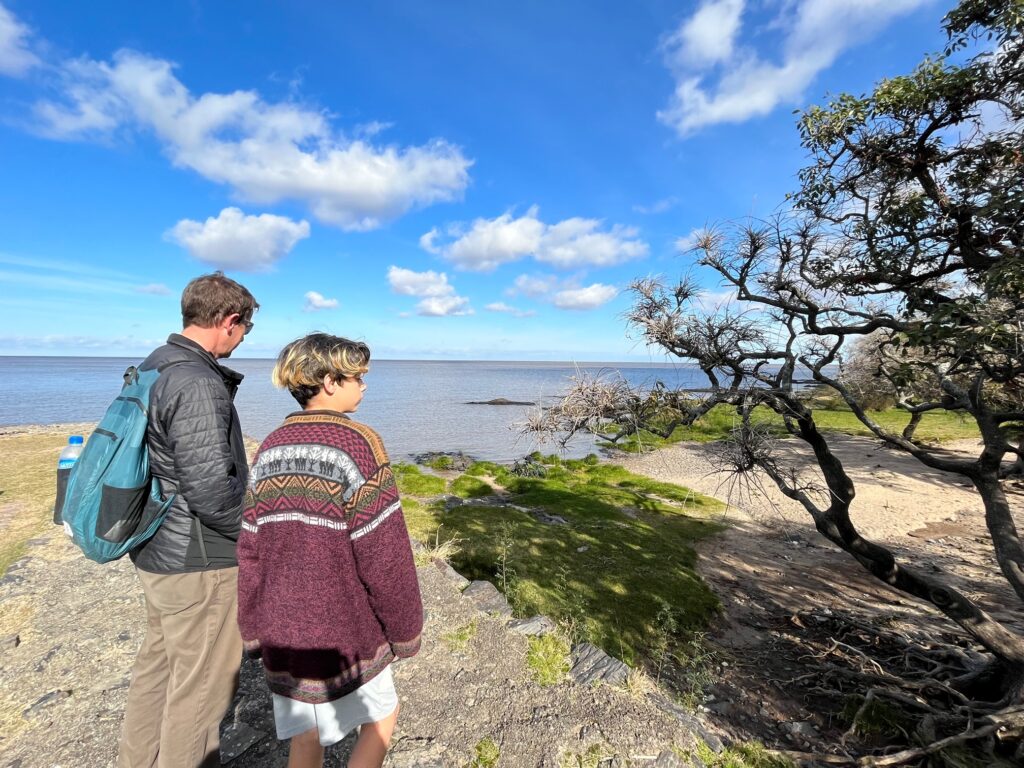
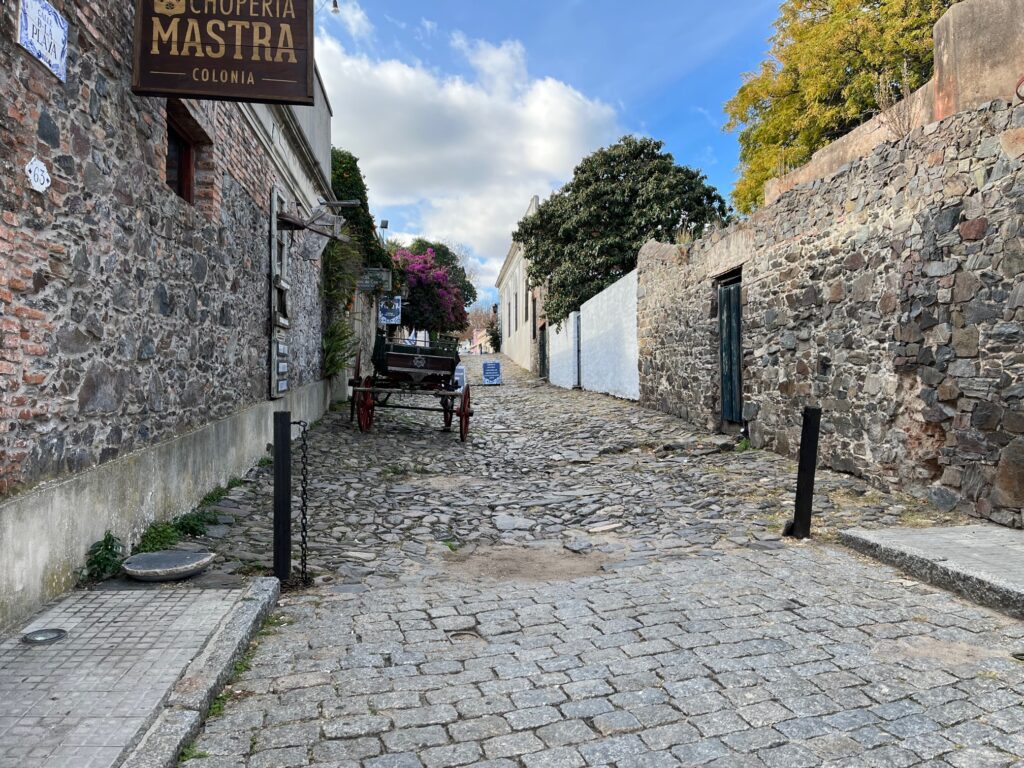
We ended up meeting the Simmons family, another worldschooling family who are living in Colonia at the moment. They have 5 kids. We had a lovely time hanging out with them. We met them on our first day at a park where the kids and Michael played basketball. The next day we met and grilled out at a park. The kids showed each other card tricks. We enjoyed talking about worldschooling with Matthew and Kym. It is always energizing to meet another family that shares the same passion for traveling that we have.
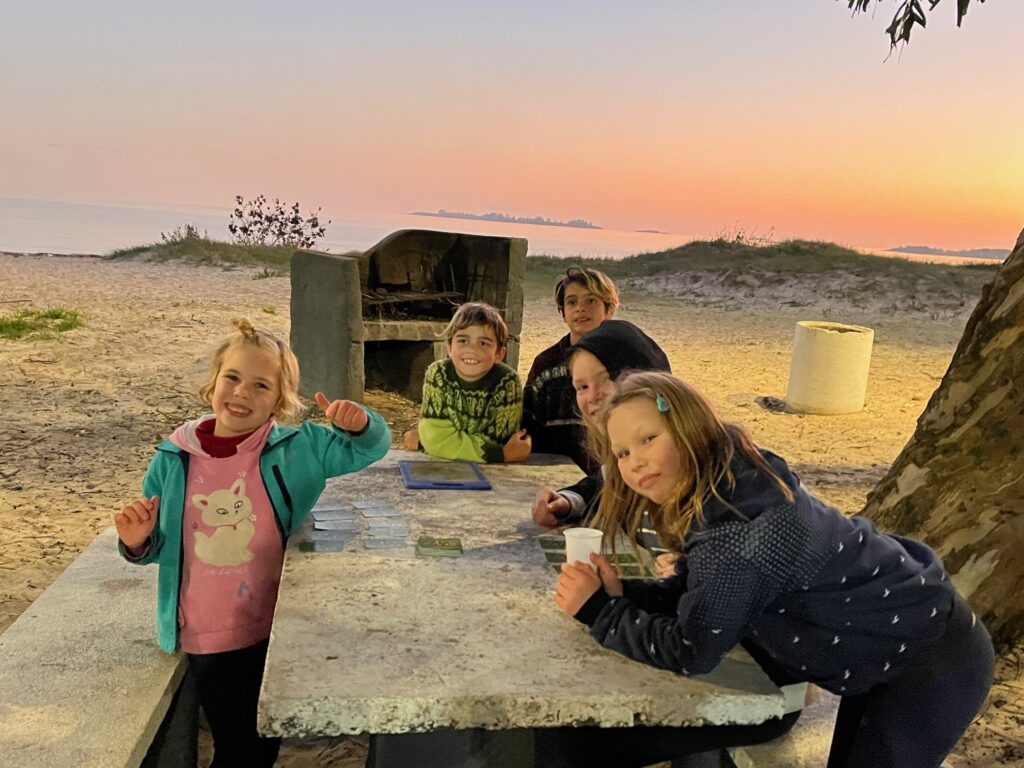

We had a few hiccups during our trip, but the immigration process was not one of them. Traveling from Argentina to Uruguay by ferry is easy. Exiting Argentina and entering Uruguay happen in Buenos Aires at the ferry terminal, so when you arrive in Uruguay, you just walk off the boat and into town.
We brought Argentinian Pesos to Uruguay because we thought we would get close to the going rate to exchange them for Uruguay Pesos. That was not the case. The published exchange rate was 0.3, but money exchanges were offering 0.1. We found a nice person who offered us a 0.2 exchange rate.
Uruguay’s economy is doing better than Argentina, so using a credit card, or even US Dollars is ok. If you use a credit card in Argentina, the exchange rate is almost half of the blue dollar rate (the rate you get when you exchange US cash for Argentinian pesos on Florida street). So in Argentina, cash is king if you can bring crisp $100 bills or send yourself money via Western Union (they offer a rate close to the blue rate).
The cost of the ticket back to Buenos Aires on Colonia Express was twice as much as our ticket to Uruguay. The ticket was cheaper online, but Colonia Express does not accept foreign credit cards.
We booked a ferry ticket online with Buquebus, another ferry company. The ship is bigger and nicer than Colonia Express. It left an hour earlier, which was better for us. It was a hassle to get the ferry tickets, but it all worked out.
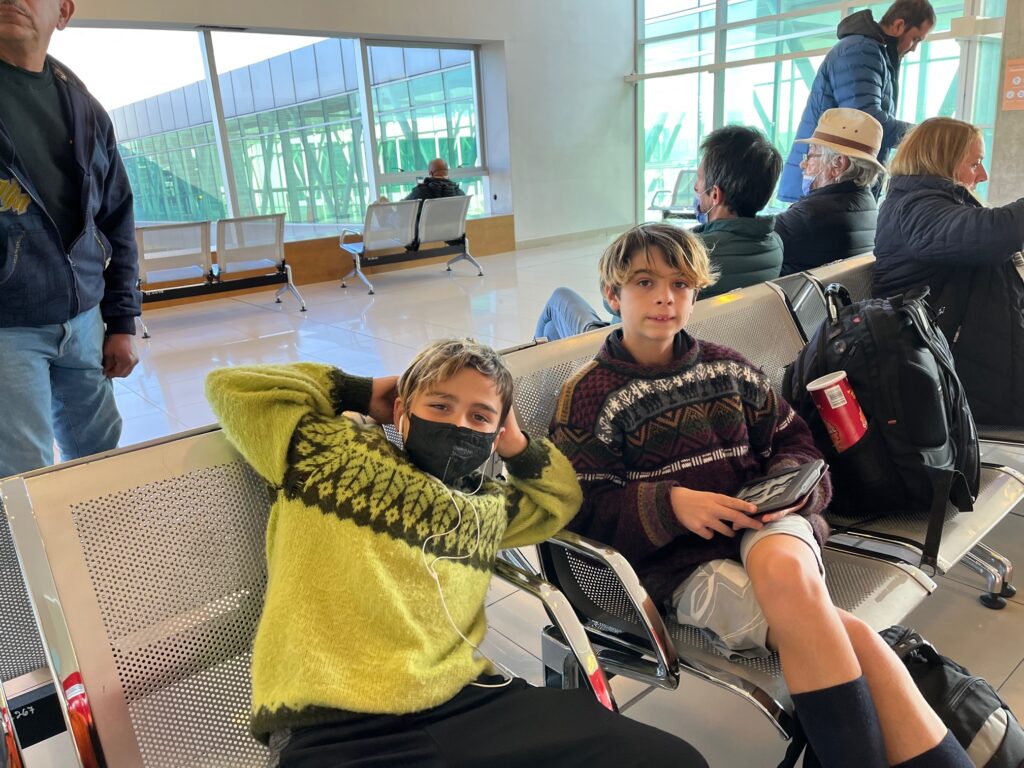
We are glad we took a trip to Uruguay. We wish we had more time there.
